-
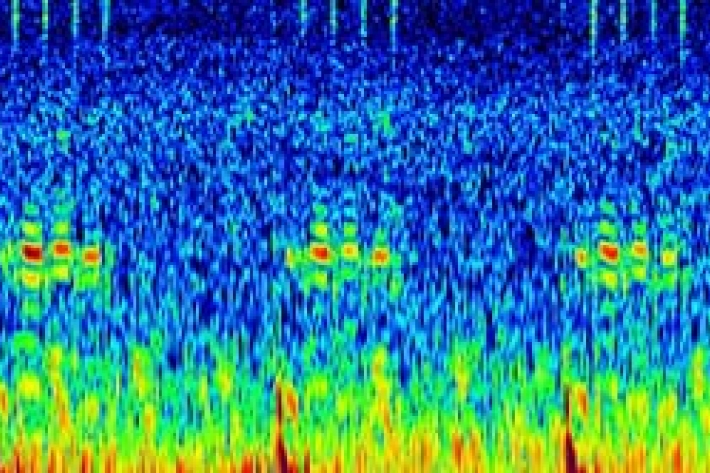
Acoustic recordings of rare whale species in Cook Strait
-
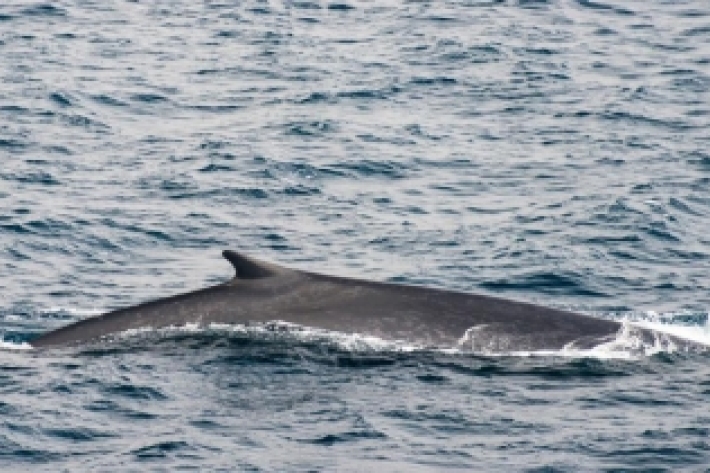
Unique research records rare whale species in Cook Strait
Media release29 March 2017The sounds of whales and dolphins rarely seen in New Zealand waters have been recorded by a NIWA scientist in a pioneering underwater sound project. -
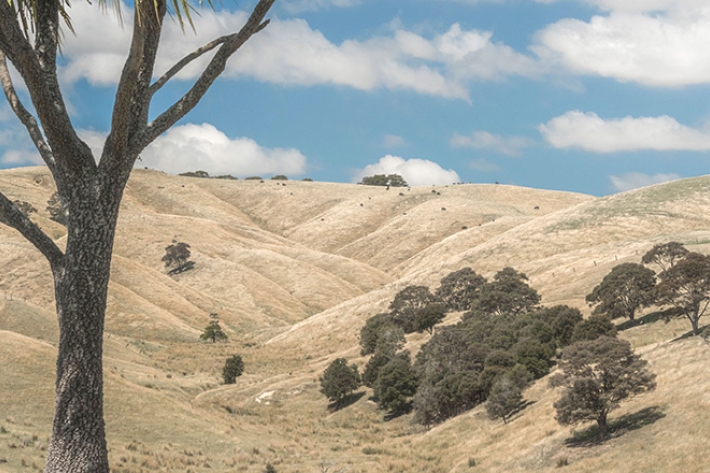
NIWA launches New Zealand Drought Index - a one-stop drought monitor
Media release24 March 2017A new tool to monitor drought conditions across New Zealand has been launched today by NIWA. -
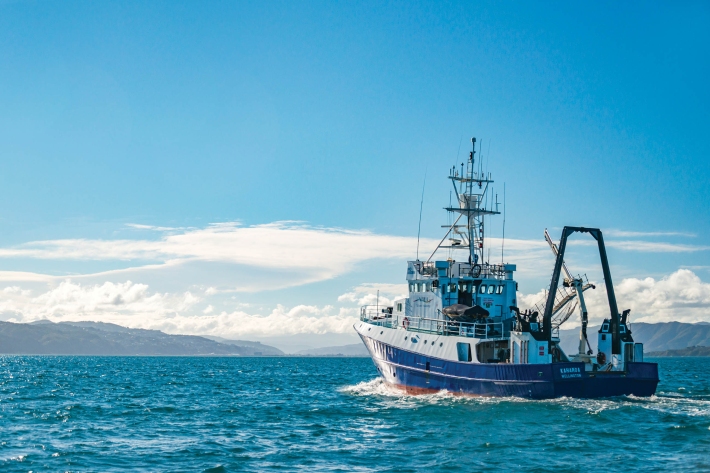
NIWA research vessel surveying fish in Tasman and Golden Bays
Media release22 March 2017Boaties in Tasman and Golden Bays are likely to notice a larger than usual vessel working close to shore over the next few days. -
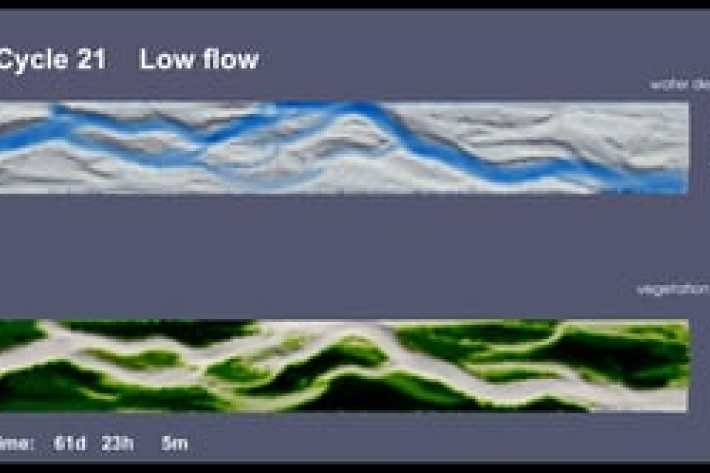
Modelling vegetation-impacted morphodynamics in braided rivers
NIWA is developing numerical models for predicting how the morphology of braided rivers responds to flow regulation and invasive exotic woody vegetation. -
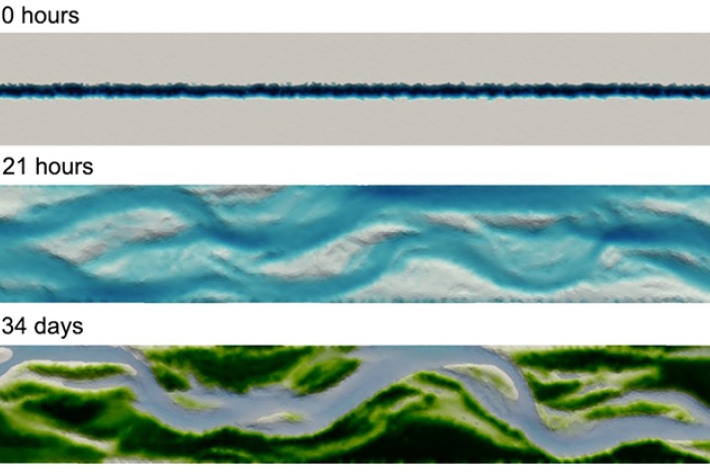
Modelling vegetation-impacted morphodynamics in braided rivers
Research ProjectNIWA is developing numerical models for predicting how the morphology of braided rivers responds to flow regulation and invasive exotic woody vegetation. -

Hotspot Watch for 16 March 2017
Hotspot16 March 2017A weekly update describing soil moisture across the country to help assess whether severely to extremely dry conditions are occurring or imminent. -

Catch me if you can!
This week we feature a community of critters living on the Chatham Rise sea floor. -

Managing mangrove expansion
This manual aims to provide the guidance needed to manage mangrove expansion, while maintaining the ecological integrity of estuaries and harbours. -
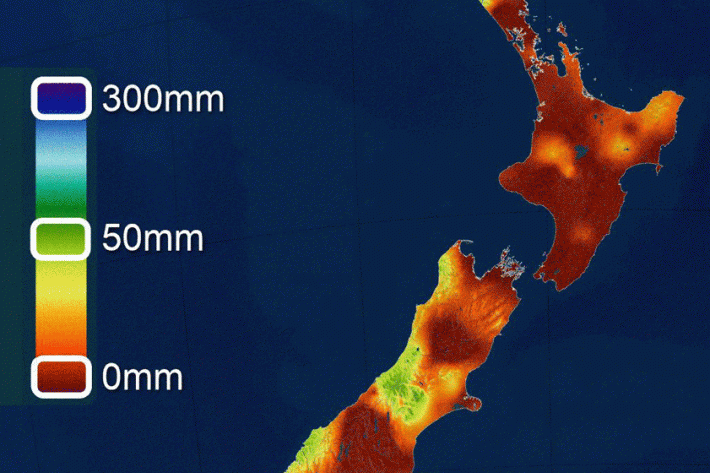
The Tasman Tempest takes its toll - time to tally up
Media release13 March 2017As the Tasman Tempest headed east off New Zealand today, it’s time to look at the statistics and see how many records it washed away. -
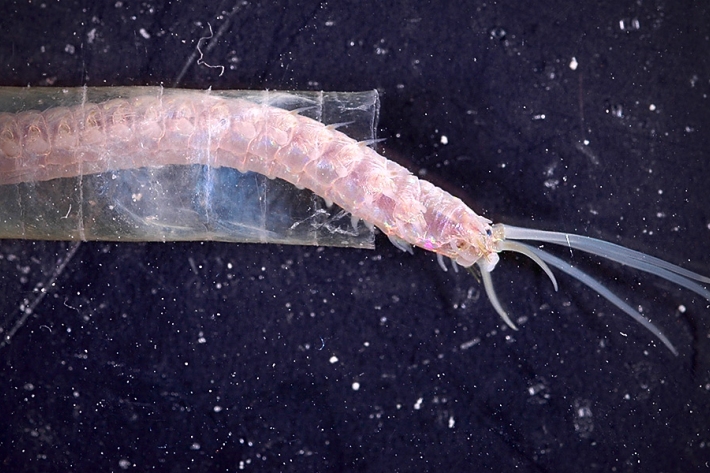
Critter of the week: Hyalinoecia quill worms - Big rig truckers of the sea
In this critter "quill" is not part of a feather but rather a unique tube built by a polychaete worm that lives in it.

